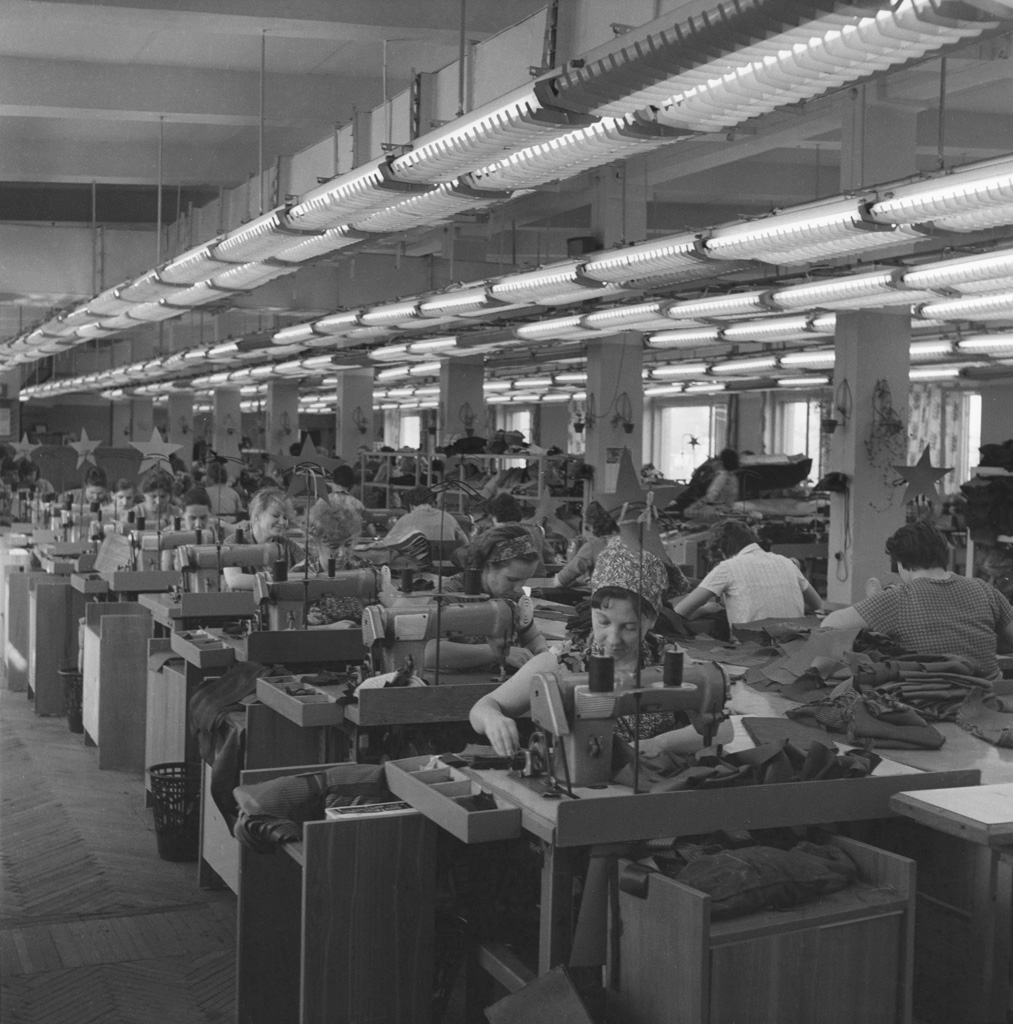|
Vasily Garbuzov
Vasily Fyodorovich Garbuzov (; 20 June 1911 – 12 November 1985) was a Soviet Union, Soviet economist and politician. He served as Ministry of Finance (Soviet Union), Minister of Finance from 1960 until his death in November 1985. Along with other Soviet economists such as Lev Gatovsky, Garbuzov played a role in the formulation of the 1965 Soviet economic reform, 1965 Soviet Economic Reform. Biography Vasily Garbuzov was born on 20 June 1911 in Belgorod to a Russian people, Russian working class, working-class family. In 1925 he started working as an apprentice carpenter at a sawmill in Kharkov. In 1933 he graduated from the Kharkiv Financial and Economic Institute, and in 1936 completed his post-graduate studies. After school, Garbuzov started working as a teacher, and later became the Acting Head of the Department of Political Science. In 1938, he joined the Russian Communist Party (bolsheviks). During the Great Patriotic War his main task was evacuating areas from the approach ... [...More Info...] [...Related Items...] OR: [Wikipedia] [Google] [Baidu] |
Minister Of Finance Of The USSR
The Ministry of Finance of the Union of Soviet Socialist Republics (USSR) (), formed on 15 March 1946, was one of the most important government offices in the Soviet Union. Until 1946 it was known as the People's Commissariat for Finance ( – ''Narodnyi komissariat finansov'', or "Narkomfin"). Narkomfin, at the all-Union level, was established on 6 July 1923 after the signing of the Treaty on the Creation of the USSR, and was based upon the People's Commissariat for Finance of the Russian Soviet Federative Socialist Republic (RSFSR) formed in 1917. The Ministry was led by the Minister of Finance, prior to 1946 a Commissar, who was nominated by the Chairman of the Council of Ministers and then confirmed by the Presidium of the Supreme Soviet. The minister was a member of the Council of Ministers. During the Russian Civil War, and immediately afterwards, the Commissariat usually confiscated property to support government operations. Following a short period of stability after the ci ... [...More Info...] [...Related Items...] OR: [Wikipedia] [Google] [Baidu] |
1965 Soviet Economic Reform
The 1965 Soviet economic reform, sometimes called the Kosygin reform () or Liberman reform, named after E.G. Liberman, was a set of planned changes in the economy of the USSR. A centerpiece of these changes was the introduction of profitability and sales as the two key indicators of enterprise success. Some of an enterprise's profits would go to three funds, used to reward workers and expand operations; most would go to the central budget. The reforms were introduced politically by Alexei Kosygin—who had just become Premier of the Soviet Union following the removal of Nikita Khrushchev—and ratified by the Central Committee in September 1965. They reflected some long-simmering wishes of the USSR's mathematically-oriented economic planners, and initiated the shift towards increased decentralization in the process of economic planning. The reforms, coinciding with the Eighth Five-Year Plan, led to continued growth of the Soviet economy. The success of said reforms was short-li ... [...More Info...] [...Related Items...] OR: [Wikipedia] [Google] [Baidu] |
Gosplan
The State Planning Committee, commonly known as Gosplan ( ), was the agency responsible for economic planning, central economic planning in the Soviet Union. Established in 1921 and remaining in existence until the dissolution of the Soviet Union in 1991, Gosplan had as its main task the creation and administration of a series of Five-year plans of the Soviet Union, five-year plans governing the economy of the Soviet Union, economy of the USSR. History Economic background The time of the October Revolution and the Russian Civil War which followed was a period of virtual economic collapse. Production and distribution of necessary commodities were severely tested as factories were shuttered and major cities such as Petrograd (now Saint Petersburg) were depopulated, with urban residents returning to the countryside to claim a place in land redistribution and in order to avoid the unemployment, lack of food, and lack of fuel which had become endemic. By 1919 the country was in hype ... [...More Info...] [...Related Items...] OR: [Wikipedia] [Google] [Baidu] |
Kiev Institute Of Finance And Economics
Kyiv, also Kiev, is the capital and most populous city of Ukraine. Located in the north-central part of the country, it straddles both sides of the Dnieper River. As of 1 January 2022, its population was 2,952,301, making Kyiv the seventh-most populous city in Europe. Kyiv is an important industrial, scientific, educational, and cultural center. It is home to many high-tech industries, higher education institutions, and historical landmarks. The city has an extensive system of public transport and infrastructure, including the Kyiv Metro. The city's name is said to derive from the name of Kyi, one of its four legendary founders. During its history, Kyiv, one of the oldest cities in Eastern Europe, passed through several stages of prominence and obscurity. The city probably existed as a commercial center as early as the 5th century. A Slavic settlement on the great trade route between Scandinavia and Constantinople, Kyiv was a tributary of the Khazars, until its capture by t ... [...More Info...] [...Related Items...] OR: [Wikipedia] [Google] [Baidu] |


